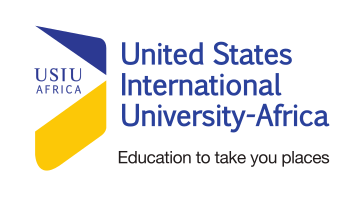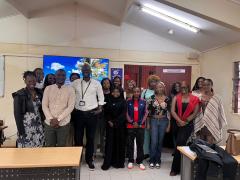Bridging The Research University Budget Gap
By. Prof. Paul .T. Zeleza
In September 2018, the Kenyan government proposed budget cuts targeting university education and vocational and technical training. The 2018 finance bill cut a total of KES2.37 billion (US$23 million) for university education (KES1.07 billion) and vocational and technical training (KES1.3 billion) from their proposed budgets that will be implemented in the 2018-19 financial year.
This will mostly affect students pursuing higher education after completing their secondary school education. Educators raised concerns over these cuts, citing the fact that public universities were already struggling to stay afloat.
Funding for higher education is a challenge worldwide and governments across the globe have reduced their funding to universities over the years. Under the neoliberal model that has dominated global policy discourse since the turn of the 1980s, higher education has been viewed as a private rather than a public good. This has led to the privatisation of university funding.
UNESCO data shows that between 2000 and 2013 government expenditure on education as a percentage of gross domestic product (GDP) fell in 39 countries, 12 of them in Africa. Expenditure on tertiary education as a percentage of total government expenditure fell in 34 countries, of which 11 were African.
In the meantime, expenditure on tertiary education as a percentage of government expenditure on education fell in 33 countries, 12 in Africa, while government expenditure per tertiary student fell in 37 countries, 16 of them in Africa.
The decrease in government funding has pushed the financial burden onto parents and students, who have to find ways of raising money to pursue university education. This move has not only increased student debt globally but has prevented bright students from poor backgrounds from accessing higher education. Even in the wealthy United States, student debt stands at US$1.5 trillion, having long surpassed credit card debt.
Education quality
In order to bridge the funding gap, institutions of higher education are forced to adopt various strategies to rein in costs and raise alternative sources of revenue.
They include enlarging class sizes and teaching loads, deferring maintenance, substituting lower-cost part-time faculty for higher-cost full-time faculty, dropping low-priority programmes and cutting or freezing financial assistance. These cost-cutting measures compromise on the quality of university education.
Reports on graduate employability show that there are glaring mismatches between what universities are producing and what the economy needs, resulting in graduates spending years searching for employment or being unemployed and underemployed. The Federation of Kenya Employers data shows that at least 70% of entry-level recruits require a refresher course in order to start to deliver in their new jobs.
A critical measure of the quality of higher education lies in research and development. Increasingly, support for research emanates from private sources rather than public funding. Here again, African universities face huge challenges. According to UNESCO data, in 2013 gross domestic expenditure on research and development as a percentage of GDP in Africa was 0.5%, compared to a world average of 1.7%, and 2.7% for North America, 1.8% for Europe and 1.6% for Asia.
Africa accounted for a mere 1.3% of global research and development. Global spending on research and development has now reached US$1.7 trillion, 80% of which is accounted for by only 10 countries. Needless to say, none of them is African.
African research universities have to find ways to attract more funding from business, philanthropic foundations and governments. Besides the benefits this provides in terms of addressing pressing national and regional development challenges, increased research provides universities with a valuable source of additional revenue.
Maintaining quality
In order to encourage funding in higher education, there are several initiatives that governments can introduce to ensure that they maintain the quality of university education. They could provide full free tuition for fewer students – the most needy – or allow universities to charge the difference between government scholarships and the full cost of education.
Governments should also provide tax incentives to facilitate philanthropic support for universities. The private sector and high net worth individuals can be mobilised and motivated to increase support for higher education institutions through research funding, student scholarships, endowed programmes and faculty positions.
According to the 2018 Africa Wealth Report, there are approximately 148,000 high net worth individuals living in Africa, each with net assets of US$1 million or more, whose collective wealth is US$920 billion. This represents 40% of individual wealth on the continent and this is expected to grow by 34% over the next decade. These individuals can comfortably help bridge the funding gap for Africa’s leading universities.
Developing a culture of giving
The challenge of fundraising for African universities is related to both capacity and culture. With the notable exception of some South African institutions such as the universities of Cape Town, the Witwatersrand and Stellenbosch, most universities do not have the personnel, skills and IT infrastructure to undertake fundraising.
Typically, sophisticated fundraising operations involve dozens – and for the major universities hundreds – of professionals in a variety of roles. Major campaigns involve the governing boards who are expected to contribute as much as a third of the fundraising target.
The culture of giving to higher education institutions is also underdeveloped. This is not because philanthropic cultures are weak, but many African communities encourage giving to family members and religious institutions.
Making donations to universities is unusual, given the fact that higher education was a state-funded enterprise for so long. Alumni are not socialised into institutional giving as students. In systems with well-developed fundraising cultures, alumni provide up to 70% of donations to their respective universities.
This article was first published on University World News.






